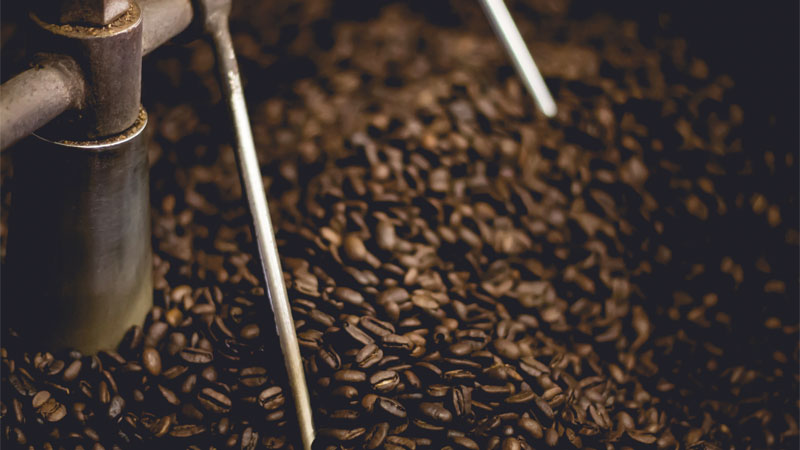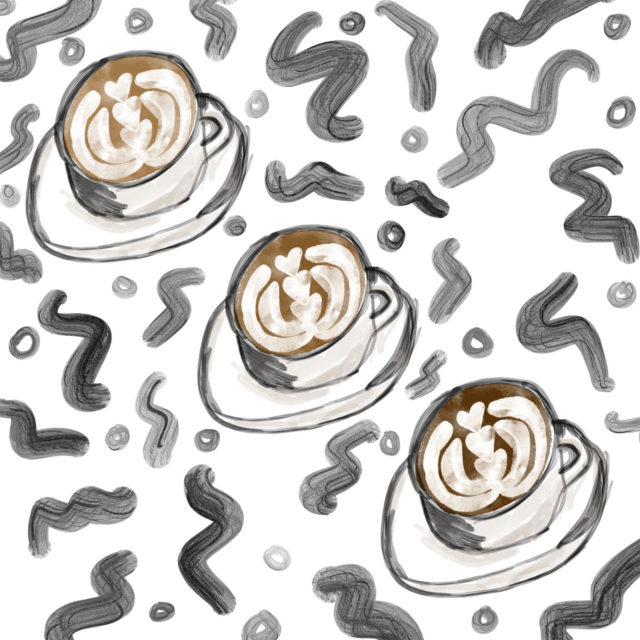
“Roast can really make or break a coffee,” Sam Sabori, the national quality control and roasting manager for Intelligentsia Coffee, says. “Too light and you can get asparagus notes, too dark and the all-too-familiar tastes of carbon begin to show.”
Conscientious consumers obsess over countless aspects of our coffee, from fair trade alliances, to agricultural and ecological footprints, to how we brew the beans. Why, then, don’t we pay more attention to roast?
Light and dark roasts produce very different coffees. One isn’t categorically better than the other, either, no matter what that self-serious barista or proselytizing cafe regular tries to tell you. It all depends on what you want from your cup.
Curious to know how light and dark roasts stack up? Here’s a guide to understanding all the ways roast affects your coffee.

The Process
There are three main steps to the roasting process. First, you dry the beans, removing their natural moisture.
“All our coffee has anywhere from 9.5 to 12 percent moisture, so part of the water has to be removed before we can start other reactions in the roasting process” Sabori says. “Once we have brought down the moisture content… then we start turning to the color.”
The second stage, browning, develops aromas and flavors in a process called the Maillard reaction. “The reducing sugars and amino acids react, making hundreds of different aroma and color compounds,” Kaija Rae, a barista at Graduate Seattle, says. “At the end of the browning process, the beans expand and begin to pop.”
This is called the “first crack,” and it leads directly into the third and final stage, development. The beans continue to crack as they roast, producing an exothermic reaction that ultimately affects their density and darkness of the roast.
“The roast process creates 800 to 1,000 different aroma compounds, and roast profiling allows us to determine the flavor of the coffee,” Rae says.
Appearance
Light-roasted beans are not exposed to heat following their “first crack,” so they retain more moisture. The result is a denser bean that looks more sepia-toned than mahogany, and feels smooth and dry to the touch. The coffee will have a lighter color and thinner consistency, too. Think toast, not roast.
Dark-roasted beans, on the other hand, are almost black in color, and their surfaces can feel somewhat slick. That oily sheen is evident in the finished cup, which will be thicker and fuller-bodied than brews made from light-roasted beans.
Flavor
Coffee made from lighter-roasted beans tends to have more delicate, complex flavors. Rae describes light-roasted coffee as “sweeter, bright, and more acidic.”
Dark-roasted coffees tend to be richer and less acidic, with bitter, chocolatey notes. If you like hard-hitting Cabernets or rich, barrel-aged stouts, this is the roast for you.
Freshness
“The roast date is the most important piece of information on a bag of coffee,” Alex Delany writes in Bon Appetit. Whether you are shopping for light- or dark-roasted beans, look for ones that have been roasted within the last two weeks. After that, they start to lose flavor.
Caffeine
Rumors abound about which roast provides the most caffeine, but coffee, like most things, is nuanced. “Some say light, some say dark, but for the most part the difference is nominal,” Sabori says.
“Truth be told, it’s all about the way the coffee is brewed, rather than how it’s roasted, when it comes to caffeine,” adds Rae.
For example, dark-roasted beans contain slightly less naturally occurring caffeine. They are less dense than light-roasted beans, though, so you tend to use more dark-roasted beans when you brew coffee. The caffeine differential is null.
Besides, Sabori says, whether you prefer a light or dark roast, quality coffee is more than just a vehicle for caffeine. Wake up to all that coffee has to offer.
